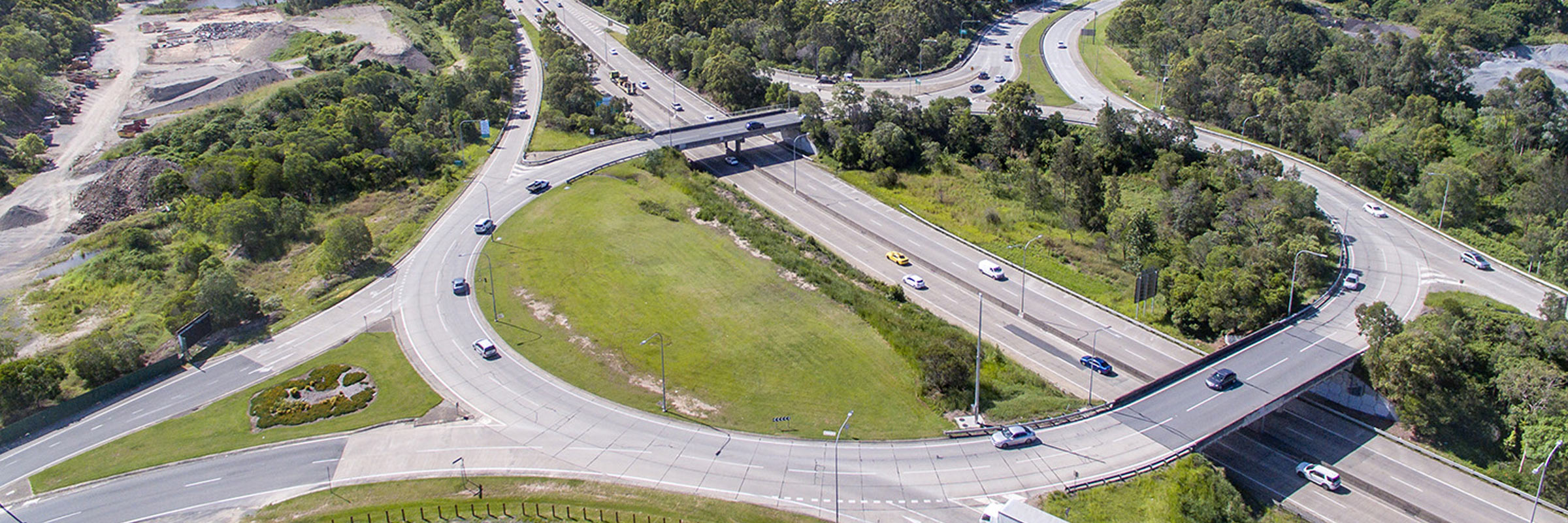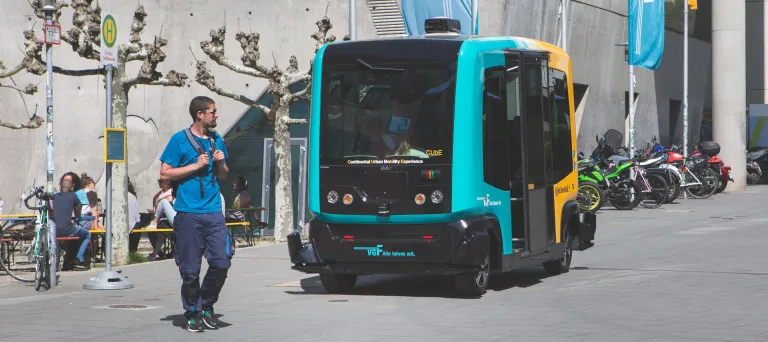Australian-first concrete fracturing technique
Typically, during road upgrade projects, existing concrete road base and sub-base materials are removed and taken to landfill to be disposed of or, in some cases, sent to a recycling facility before the new road is then constructed. During the design process for the VL2T project, the team considered and analysed concrete fracturing methods which enabled existing materials to remain in-situ with the goal of reducing the amount of waste removal on the project.
“The techniques we considered included pavement rubblisation and ‘crack and seat’,” said Pablo Balmaceda, Technical Principal – Pavements, SMEC. ‘Although these techniques had previously been utilised overseas, they were yet to be adopted in Australia.”












